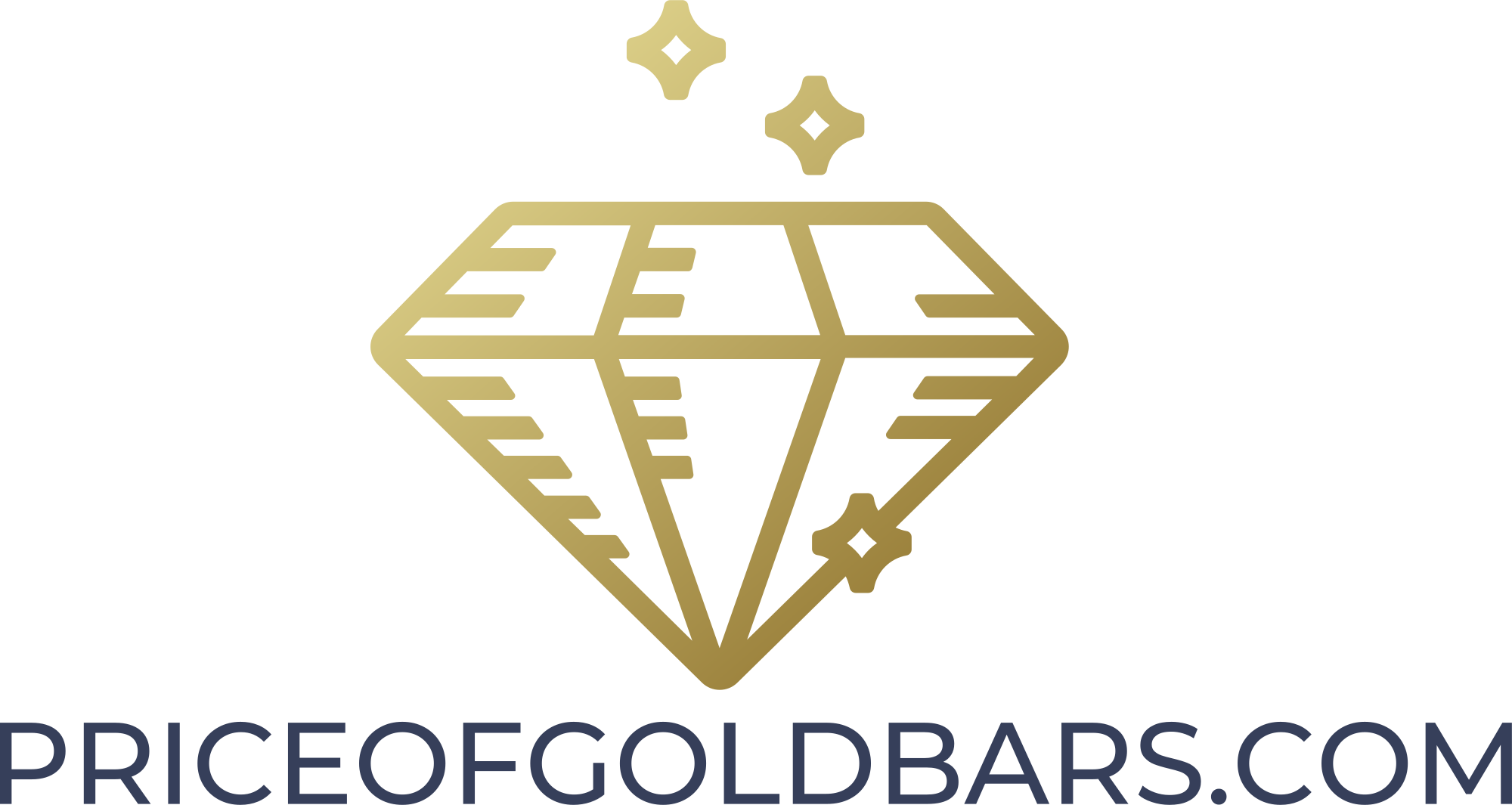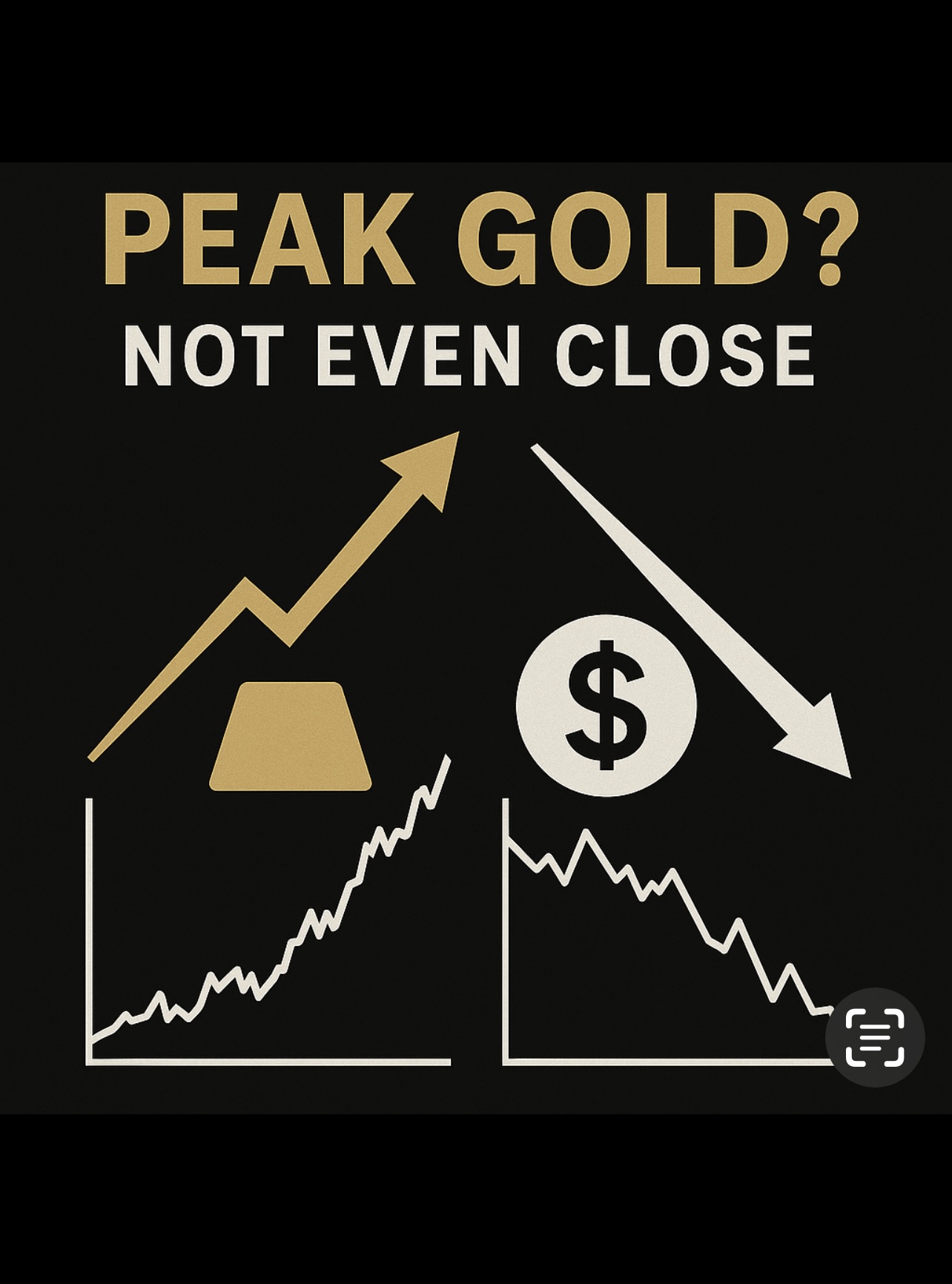Peak Gold? Not Even Close
Despite recent discussions suggesting we’ve hit “peak gold,” the evidence shows otherwise. Gold’s sharp rise in 2025—reaching $3,500 per ounce—reflects not an overvaluation, but a growing distrust in fiat currencies, particularly the U.S. dollar. Since the U.S. abandoned the gold standard in 1971, the dollar has become increasingly debased, with the national debt now at $37 trillion. Once the world’s trusted reserve currency, the dollar is losing credibility, prompting both institutional and retail investors to turn to gold as a more reliable store of value.
Central banks—“the whales”—have been aggressively acquiring gold since 2014, accelerating purchases after the U.S. weaponized the dollar in 2022. The Bank for International Settlements even declared gold a Tier-1 asset in 2023, confirming its strategic importance. Meanwhile, the BRICS nations are reducing reliance on the petrodollar and using gold for trade settlements, reinforcing gold’s rising role.
Retail investors—“the minnows”—are beginning to follow suit. A key signal was gold’s recent breakout from the traditional 60/40 stock-bond portfolio model, showing that bonds are no longer a reliable hedge in today’s market. With stocks massively overvalued and bonds in a secular bear market, gold is increasingly seen as the only viable safe haven.
Technically, gold remains in a strong upward trend, with targets of $4,000 and beyond likely over the next 6–12 months. Fundamentally, as fiat currencies continue to lose value under massive sovereign debt burdens, gold’s long-term prospects remain bullish. Far from peaking, gold is entering a new era of recognition and demand across global markets.

